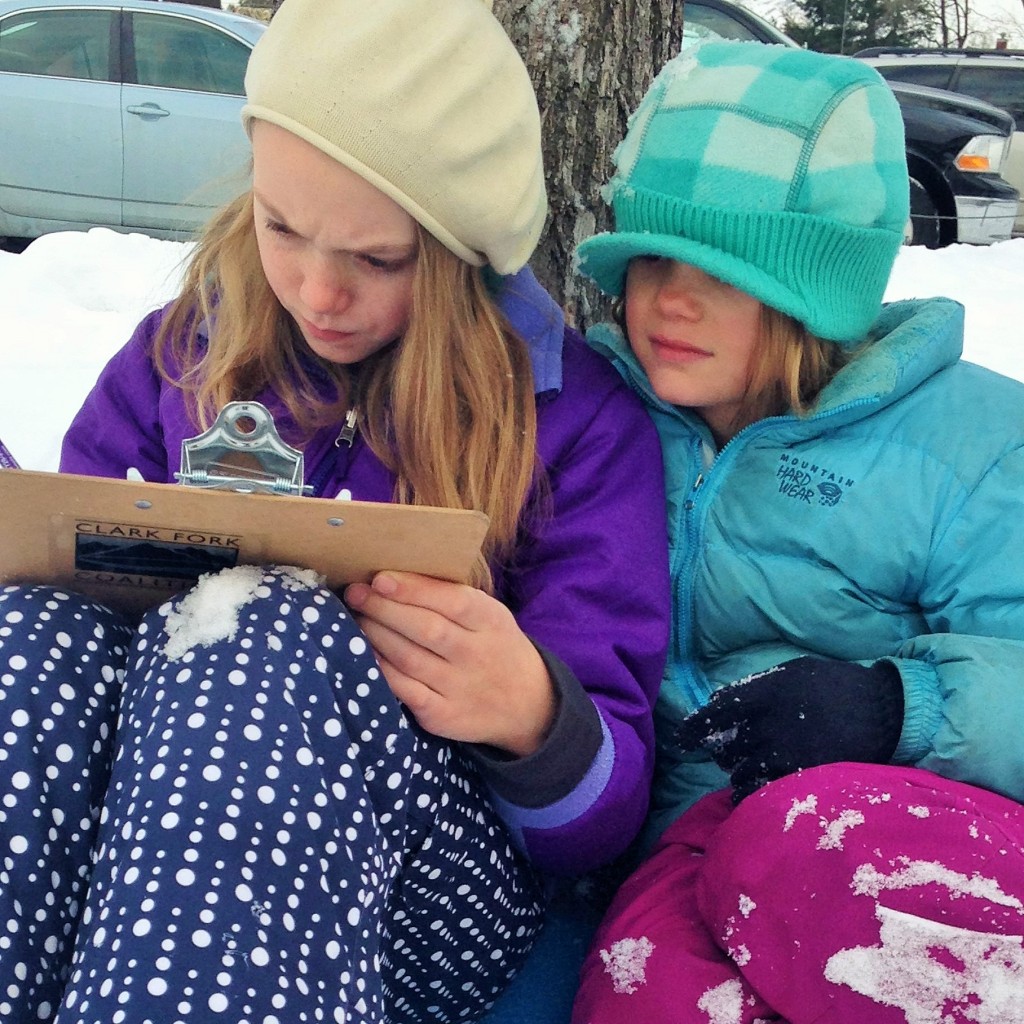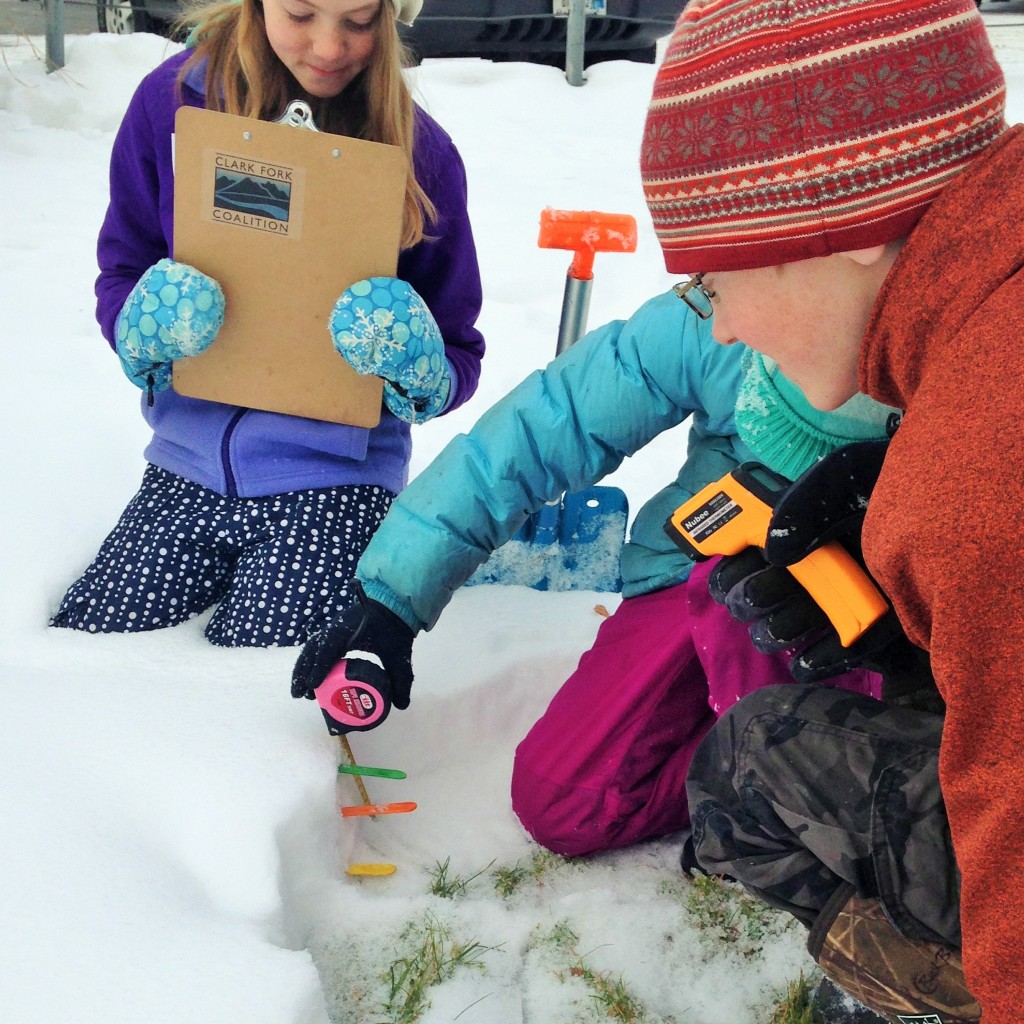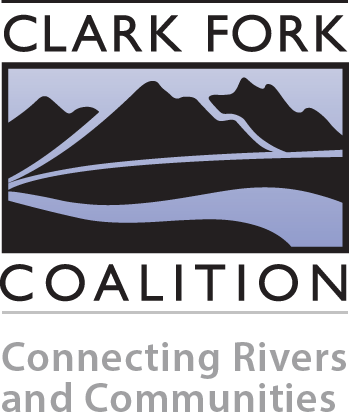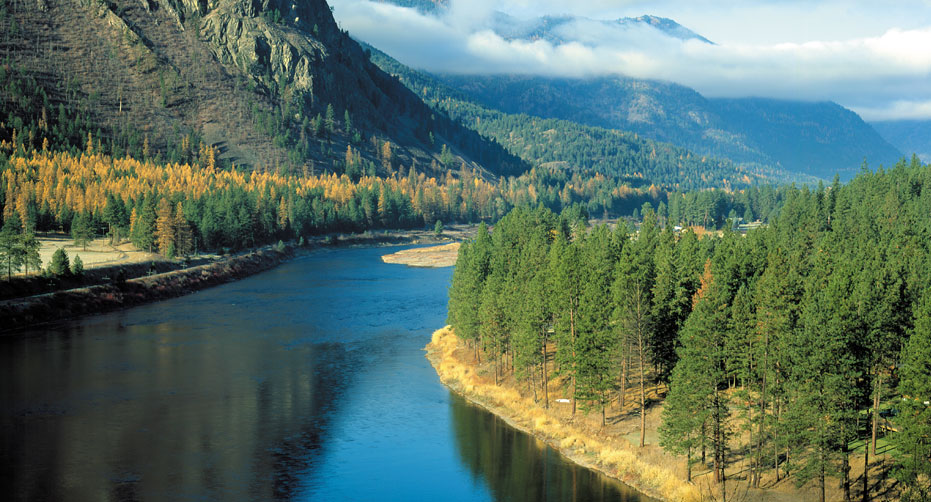2016 is shaping up to be dry and hot … bad news for our rivers.
Seeing a mountain without snow in the winter or a river without water in the summer leaves us feeling like something is not quite right. Unfortunately, these out-of-place sights are becoming all too common as climate change brings less snow and rain to Western Montana, and less water to fill our streams and rivers.
We saw plenty of dry creeks last year in the Clark Fork watershed. Record high temperatures and record low rainfall in 2015 brought extreme drought to every corner of the Clark Fork watershed.
Last summer, the U.S. Department of Agriculture listed 19 Montana counties as natural disaster areas due to these intense drought conditions. That designation brought some relief to farmers and ranchers via emergency assistance funds, but did nothing for thirsty fish and wildlife struggling to find water to survive.
And the extreme dry spell is expected to continue. Although there’s some snow on the mountains right now, it’s simply not enough—the majority of our watershed is currently experiencing severe or extreme drought conditions, according to the National Drought Mitigation Center. The National Weather Service forecasts “persistence and development” of drought conditions in Montana. They predict a high chance of below-average precipitation coupled with above-average temperatures from January through March, due to El Nino conditions offshore.
Not enough snow + too much heat = bad news for rivers. Low flows affect everyone whose livelihood depends on Montana’s iconic waterways. The changing climatic conditions are decreasing water availability for communities, agriculture, and wildlife, and could drastically impact our quality of life in Montana.
The good news is that we can better prepare for drought conditions in two ways: arming ourselves with up-to-date information, and educating ourselves and others about the links between water supply and watershed health. The Coalition is launching two programs that do both. Our new Snow and Tell curriculum and our annual volunteer snowpack monitoring program help watershed residents explore the connection between our snowpack, streamflows, and water supply.

Starting this month, volunteers will trek into the Sapphire Mountains each month to collect snowpack monitoring data, and also partner with Coalition staff to teach a new field-based snowpack curriculum in local schools. Students and adult volunteers will promote resiliency for our rivers by collecting data that provides scientists and agencies with valuable information to integrate into forecasts for regional water availability.
The Coalition’s brand-new Snow and Tell curriculum takes middle and high school students outside for a field-based investigation of local snowpack conditions. This is followed by a facilitated classroom analysis of the collected samples to determine the water content and predict the region’s water supply.

Snow and Tell engages students in science that matters in their every day lives. This two-part program fosters a deeper understanding of Montana’s water cycle and the water needs of our communities. Since we share the data with local weather stations, it also illustrates to students the real-world applicability of collecting data to protect our vital natural resources. Participating youth will:
- Work in small groups to dig snow pits, collect and analyze snow data, and present their findings to their peers.
- Apply real-world technologies, research, and analysis skills to connect climactic patterns to local water resources.
- Mimic the work of real-life scientists and explore exciting new careers in science, math and technology.
Want to learn more about our winter volunteer and education opportunities? Email Lily Haines to inquire about the Snow and Tell curriculum, and email Katie Racette to find out about Snowpack Monitoring.
Want to see Snow and Tell in action? Montana’s 2015 teacher of the year Jessica Anderson live tweeted her Powell County High School freshmen science class experiencing our Snow and Tell education program. Watch it here.
Learn about our free, standards-based youth education programs.
Learn how we keep streams wet by working with landowners.
Learn about other volunteer opportunities in the watershed.

< Back to blog



